Everything changes once you have a kid in the house. Before your firstborn arrives, you should baby-proof every corner of your living space. Babies are naturally delicate, and they don’t get any less sensitive as they transition to toddler-hood. As your little ones grow, so do their needs and demands. You have to keep an eye on them more often as they learn how to crawl, climb stairs, toddle around the house, and put all sorts of objects in their mouths.
For curious and hyper tots, every house is just an accident waiting to happen. Supervision isn’t enough anymore to keep them out of harm’s way. You’d have to create a completely safe environment that they can explore with minimal risks. If you’re wondering just how to do that, here are some useful tips.
1.Drain water containers that your child may stumble into.
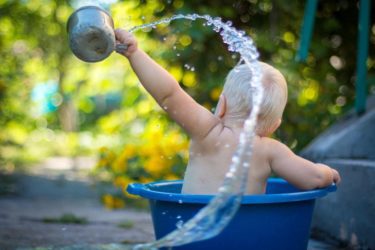
Drowning is one of the most common safety risks for toddlers at home. Your child isn’t safe anywhere near water, whether it be in the bathtub, the swimming pool or the garden pond. Leaving your kid unsupervised while he or she is taking a bath or playing in the garden is not advisable. Even the smallest bucket or container with a few centimeters of water can be a potential risk. Remember: toddlers are still not capable of fully looking after themselves. Make sure to empty all possible drowning hazards to prevent unwanted incidents. Drain the bathtub after use, secure garden ponds, and put a fence around swimming pools to minimize risks.
2.Keep plastic bags away and avoid blind cords.
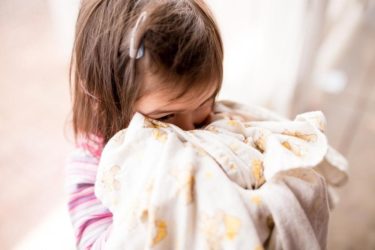
If you don’t keep an eye on your kids, they’ll get into trouble one way or another. A house that is not properly laid out for toddlers can present many dangers, with suffocation and strangulation at the top of the list. To keep your little ones safe, make their sleeping place as secure as possible. Use light blankets and pillows, and don’t let your kids sleep on sofas that have large gaps and lots of cushion. Also, store away plastic bags lest your kids start to play with them. Do the same with any other everyday item that may strangle or suffocate your child. Watch out for window blinds, cords, ropes, boxes, packaging materials, and soft toys.
3.Lock the windows and secure the stairs.

Once your child learns to toddle around, he or she will start exploring the house and get in all sorts of trouble. Falls will become a common incident if you don’t secure the windows and the stairs while your toddler is ambling around. To maximize home safety, install balustrades across the entries to stairs and balconies. Place safety guards on windows as well. If your tot is clever and hyperactive, it will do well for you to store away books, furniture, and other objects that he or she may use as a climbing frame
4.Fit smoke alarms in every room.
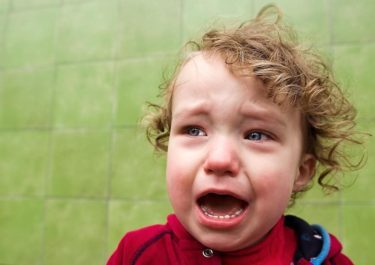
It’s unlikely that a toddler can set your house on fire, but you have to be cautious all the same. Your kid may not be a potential arsonist, but he or she can still play with fire. Keep matches and lighters out of your child’s reach, and make sure that you have at least one fire extinguisher in the house. Fit smoke detectors in every room in case of emergency. This is just one of the myriad ways to make your home safer. As for preventing scalds and burns, make sure your child doesn’t touch anything hot. It sounds simple, but it takes vigilance and presence of mind to do it right every time.
5.Install security devices around the house.
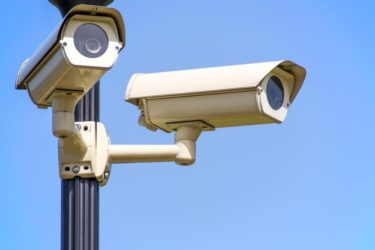
No matter how safe you think your home is, there will always be one tiny loophole that may crush all your efforts. Most of the time, that loophole can be mended by reinforcing your home security system. To keep you and your children safe at all times, you should install a security system that will keep intruders out for good. It’s a basic safety measure that every house should have.
6.Use cord holders and power socket covers.
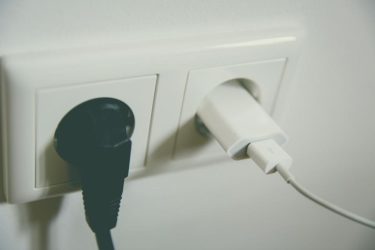
Toddlers are attracted to distinct objects with different shapes and colors. Electric cords and power sockets can easily catch their attention, so be sure to keep these things away from your kids. Seek the help of a licensed electrician to install safety switches that cut off power to avoid electrocution. Use cord holders to organize your electric cords, which can otherwise injure your toddler. As parents, being organized with electrical equipment is a must.
7.Store medicines and chemicals in high cupboards.
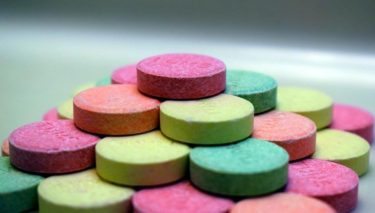
Aside from getting zapped by wiring’s, your child can also get poisoned if you don’t clean up after yourself. One of the common safety hazards at home is leaving pills and chemicals lying around on the floor and low tables, making them accessible to your active toddler. Always make sure your medicine kits are stored in high cupboards, far from the reach of your little ones. Store insect cleaners and cleaning agents atop high cabinets after use. You may also padlock your cupboard to ensure a safer home environment.
8.Buy furniture that don’t topple over easily.
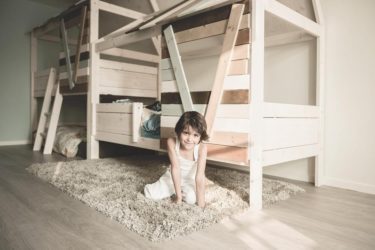
Even if you’re short on budget, you shouldn’t compromise your toddler’s safety. When choosing furniture for your home, always place your money on quality furniture that don’t topple over easily. Choose furniture made from sturdy materials such as wood and steel. You can add corner-and-edge protectors to your coffee tables and desks to provide additional protection. As much as possible, don’t use tall lamps or vases that can be toppled over with just a slight nudge.
9.Lock away sharp tools that may cause injury.
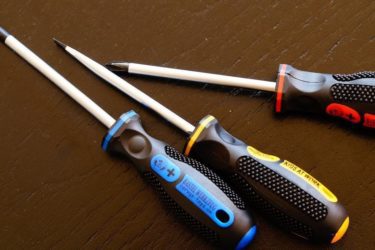
Sharp objects are always dangerous for children. Keep your pens, scissors, staplers, and other pointy office supplies away from your kid’s play area. Store them neatly on your desk or any place that’s out of your toddler’s reach. Knives and forks should be well-kept in the kitchen. Heavy tools like saws, drills, and grass cutters should also be stored in the garage, far from the garden and playground. Keep these hazards away and you’ll be sure to provide a safer home for your toddler.
10.Fix a stopper to drawers and doors.

Let’s face it—you can’t always be around to protect your child from the dangers of your home. Don’t worry, you can always keep your baby inside the house, even if you’re not with them. You can fix stoppers and hinge protectors to your doors to avoid injuries. This will also keep the doors from inadvertently opening and closing while your kid is around. These stoppers will prevent your kids from getting their fingers snapped.
Aside from these tips, it’s also a good idea to have a first-aid kit stored in the house. It’s always a relief if you can treat your toddler’s injury as quickly as possible. As a responsible parent, you must let your child move around and be active inside and outside your home. Your job is to protect them from harm in this stage of learning and discovery, so be sure to take this role to heart.
By Christopher Britton

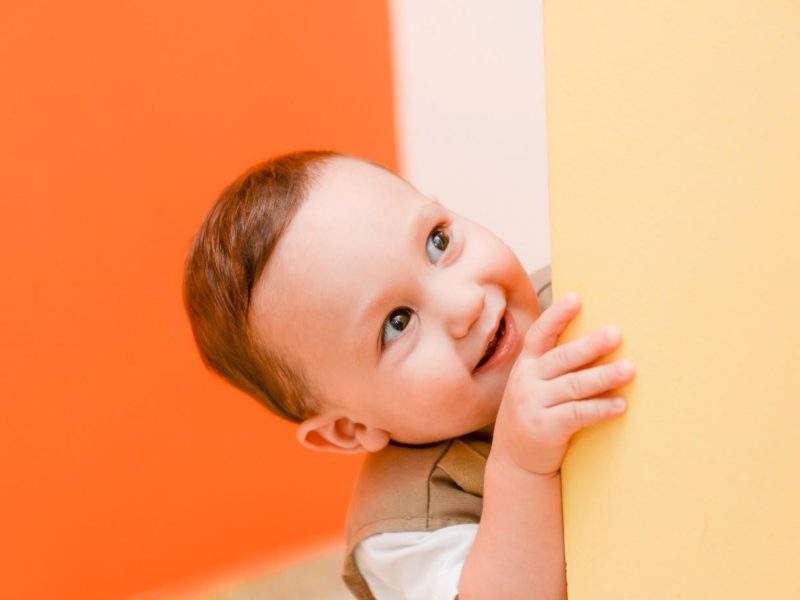
 Recognize the Possible Signs of a Shooter
Recognize the Possible Signs of a Shooter